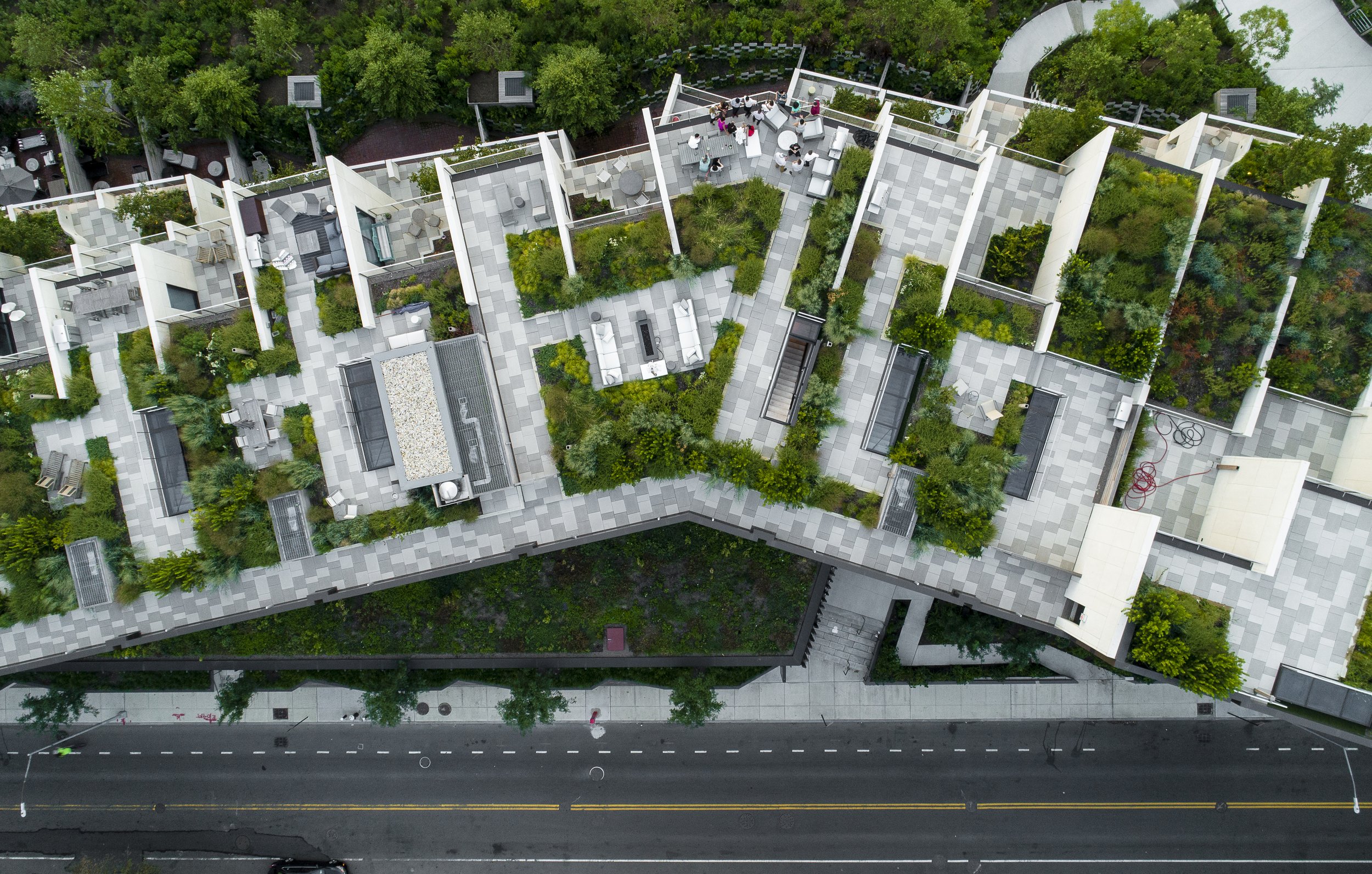Achieve sustainability
results faster.
Verdani Partners is a recognized leader in sustainability and ESG consulting, managing nearly two billion square feet of real estate portfolios. Backed by a team whose members have over 25 years of expertise, we deliver proven strategies that drive measurable impact — helping the world’s top real estate firms lead in sustainability, outperform benchmarks, and create lasting value.
We partner with leading national and global real estate portfolios to drive measurable, industry-defining sustainability outcomes. By embedding deeply within our clients' organizations, we accelerate progress, streamline implementation, and deliver results at scale — transforming sustainability ambitions into competitive advantages.
Sustainability Strategy & Program Management
Increase your portfolio’s value with our tailored sustainability program management for commercial real estate. Our experienced corporate sustainability experts provide strategic guidance to enhance value, reduce risk, and ensure long-term resilience.
Data Management & Asset-Level Support
Leverage your utility data with our comprehensive data management and asset-level sustainability services. We specialize in asset- and portfolio-level management, utilizing due diligence questionnaires, surveys, and data quality assessments.
Stakeholder Engagement & ESG Reporting
Fuel your sustainability program with our communications, stakeholder engagement, and ESG reporting expertise. Our team excels at fostering meaningful connections with tenants, employees, and building occupants, driving sustainability awareness, action, and building performance. We provide comprehensive ESG reporting to ensure transparency and accountability in your sustainability efforts.
Green Building Certifications
Enhance your portfolio’s sustainability and reputation through globally recognized certifications like LEED®, Fitwel®, IREM®, and WELL®. Our certifications team effectively manages the application process, helping to ensure that your portfolio attains high-level recognitions.

Our strategic approach
for a resilient future.
Unlike traditional sustainability and ESG consulting firms, we bring an owner’s perspective — deeply understanding the operational and financial realities of real estate sustainability. Our approach goes beyond advisory services; we embed within our clients’ organizations to drive continuous, measurable impact.
Our proven sustainability management frameworks drive real results — optimizing operations, mitigating risks, and unlocking new opportunities for growth. By seamlessly integrating strategy with execution, we help clients accelerate performance and build more resilient, high-value portfolios.
-
Founder’s and team members with real estate owner experience
Differentiation from other consultants
Strategic leadership
-
Adaptable, balanced approach
Flexible, sustained engagement
Ongoing relationships, unlike fixed-scope, project-based firms
-
Technology, vendor, and partner agnostic
Clients’ priorities come first
Unbiased alignment with Client’s needs
-
Extensive library of sustainability management trainings
Culture of learning
Frequent internal and public-facing trainings
State-of-the-art e-learning education development
-
Designated primary team
Access to subject matter expertise and skills across Verdani organization
Ensures comprehensive knowledge of evolving sustainability landscape
-
Flexibility and swift decision-making
Rapid adaptation to market dynamics
Personalized approach to client-centric solutions
ESG Standards & Frameworks
We are data driven
to deliver real results.
Our programs drive measurable impact, reflected in our clients’ industry-leading performance on GRESB, the global standard for ESG in commercial real estate. By leveraging high-quality data and a strategic, results-driven approach, we ensure sustainability programs are not only rigorously vetted but also optimized to excel across all reporting frameworks — delivering real value and operational excellence.
Alignment with over two dozen reporting standards and frameworks
Voluntary and regulatory reporting
Decarbonization, resilience, and technical services
Expert communications programs including annual sustainability reports
Curated content
fuels better decisions.
Verdani's subject-matter experts craft high-quality thought leadership and educational content on decision-useful topics that provide our clients and network with valuable insights, guidance, and opportunities for further collaboration, innovation, and growth. Our extensive knowledge base encompasses sustainability best management practices and essential ESG strategies, delivered via webinars, courses, and LEED Green Associate exam preparation materials to help deepen the collective understanding of ESG and sustainability integration.
Explore essential sustainability initiatives tailored to the built environment through our expert-led webinars and courses.
Stay informed about industry trends and insights with our seasonal newsletters.
Gain deep insights into the complex factors shaping real estate sustainability with our thought leadership, industry analysis, and expert-driven articles.
Are you ready to accelerate sustainability?
As the ESG landscape evolves, having a strategic partner to navigate shifting regulations and monitor data performance is critical to staying ahead. We empower stakeholders with real-time insights into their portfolios’ energy, water, waste management, and broader sustainability performance. Our team helps clients set and achieve bold, impactful targets — equipping them with the tools and expertise to drive success and maintain leadership in sustainability.
Contact us today to learn how Verdani can partner with you to integrate sustainability programs into your portfolio.























